Unlocking the Future of Retail: How AR and VR are Transforming Shopping Experiences
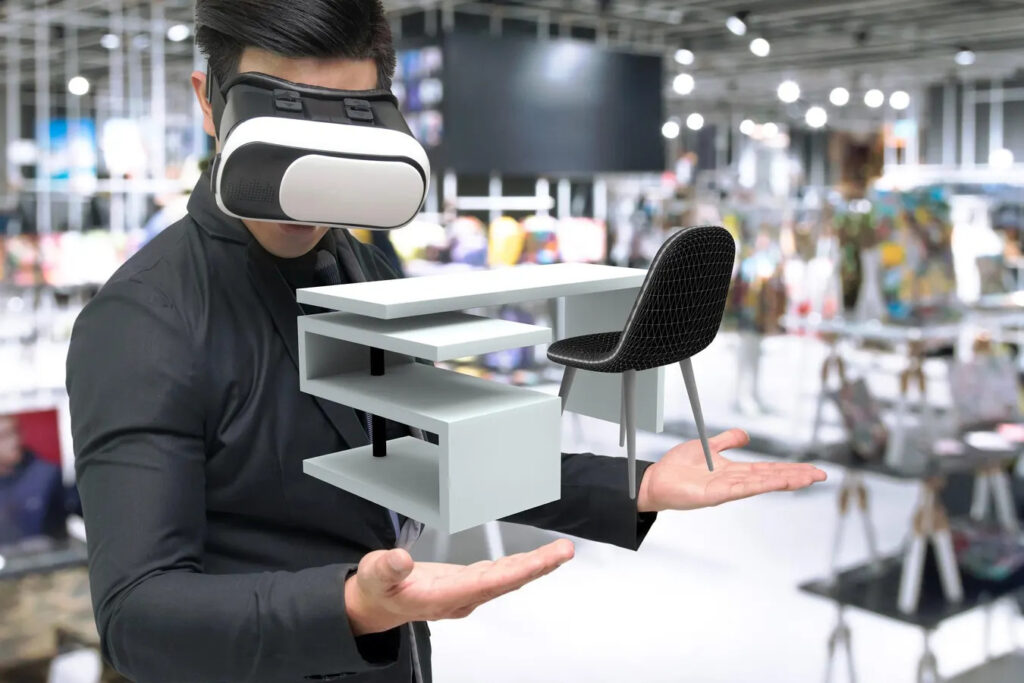
In the rapidly evolving world of retail, businesses are constantly seeking innovative ways to captivate customers and provide truly immersive shopping journeys. Two groundbreaking technologies – augmented reality (AR) and virtual reality (VR) are at the forefront of this revolution, reshaping the retail landscape and promising to deliver unparalleled experiences. As we delve into the realm of immersive retail, it becomes evident that companies that embrace these cutting-edge technologies are poised to gain a significant competitive edge.
The Augmented Reality Revolution
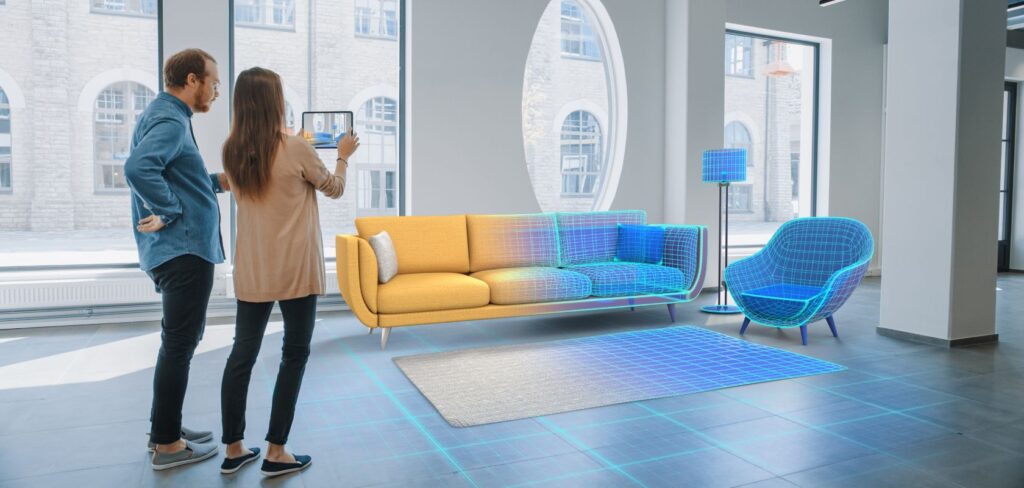
Augmented reality, a technology that seamlessly blends digital information with the user’s real-world environment, is transforming the way we shop and interact with products. Imagine being able to try on clothes virtually, visualize furniture in your living space, or even see how a new hairstyle would look—all without leaving the comfort of your home or stepping into a physical store.
One of the most compelling use cases of AR in retail is virtual try-on experiences. Leading brands like ASOS, Sephora, and Warby Parker have already embraced this technology, allowing customers to virtually try on clothing, makeup, and eyewear before purchasing. This not only enhances the shopping experience but also reduces the likelihood of returns, as customers can make more informed decisions.
In-store AR implementations are also gaining traction, with retailers like IKEA and Lowe’s leveraging the technology to provide interactive product demonstrations and visualizations. Customers can use their smartphones to project virtual furniture into their physical surroundings, enabling them to make more informed decisions about how a piece would fit and complement their living spaces.
Moreover, AR has the potential to revolutionize product manuals and instructions. Imagine scanning a QR code on a product and being guided through a step-by-step, interactive AR tutorial, making complex assemblies and setups a breeze.
Virtual Reality: A Gateway to Immersive Experiences
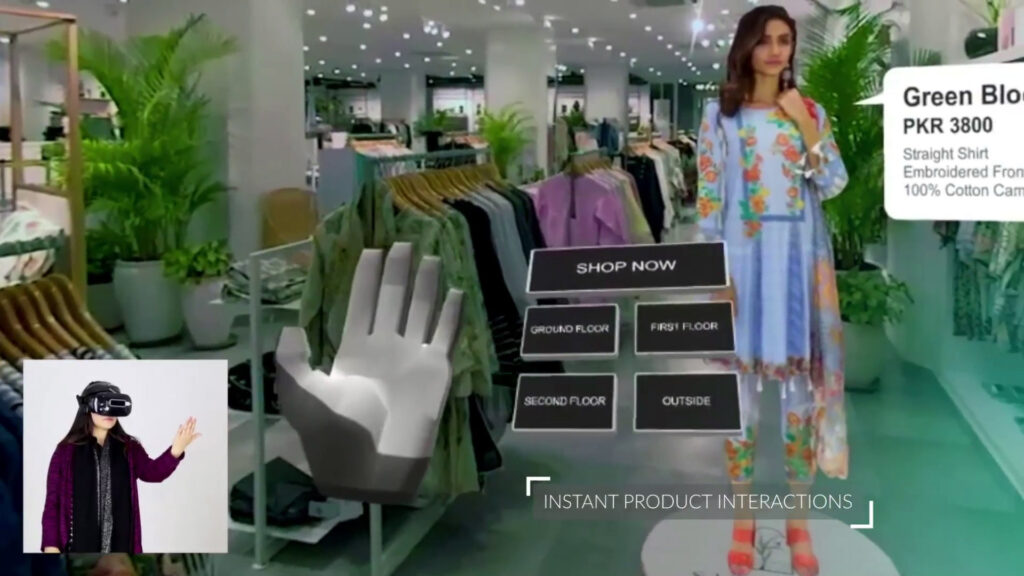
While AR blends digital elements with the real world, virtual reality (VR) transports users into fully immersive digital environments. In retail, VR offers boundless possibilities for creating captivating shopping experiences that transcend physical limitations.
One of the most exciting applications of VR in retail is the creation of virtual showrooms and product demos. Retailers can design highly realistic and interactive virtual environments, allowing customers to explore and engage with products in ways that would be impossible in a physical space. This enhances the overall shopping experience and enables businesses to showcase their products in innovative and compelling ways.
VR technology is also revolutionizing the way retailers train their employees. Through immersive simulations, retail staff can practice customer interactions, learn about product features, and hone their sales techniques in a risk-free, virtual environment. This improves employee preparedness and contributes to better customer service and increased sales.
Furthermore, VR offers retailers a unique opportunity to create captivating marketing campaigns and brand experiences. Imagine being transported to a virtual world where a brand’s story unfolds around you, creating a deep emotional connection and leaving a lasting impression.
Real-World Examples and Success Stories
While the potential of AR and VR in retail is vast, many forward-thinking companies have already embraced these technologies and are reaping the rewards. Here are a few inspiring examples:
1. Sephora Virtual Artist:
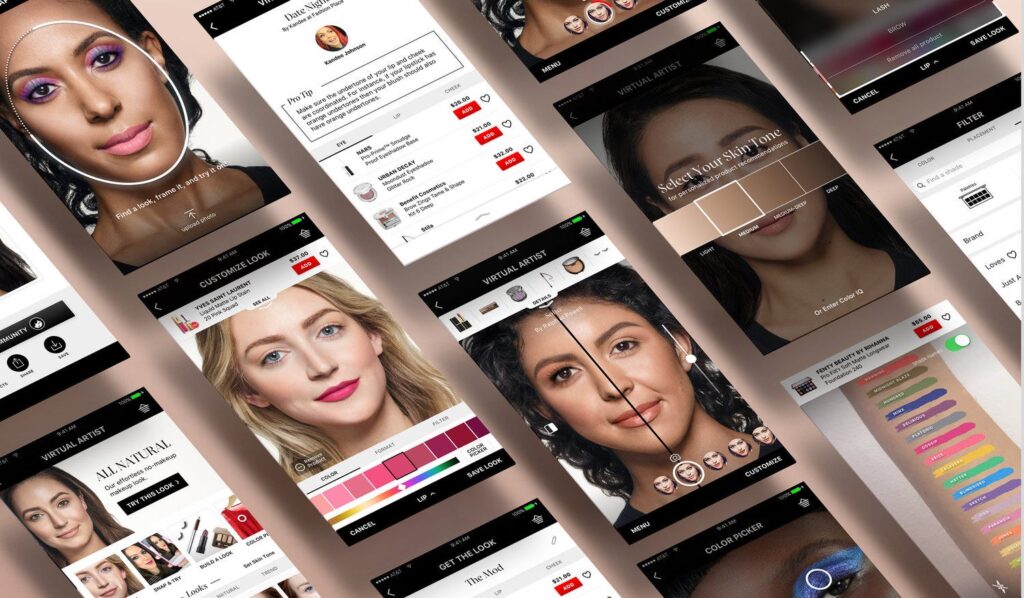
Sephora, a leading beauty retailer, has implemented an AR-powered “Virtual Artist” feature in its mobile app. Customers can virtually try on various makeup products, experiment with different looks, and make informed purchases based on their virtual try-ons.
2. IKEA Place:
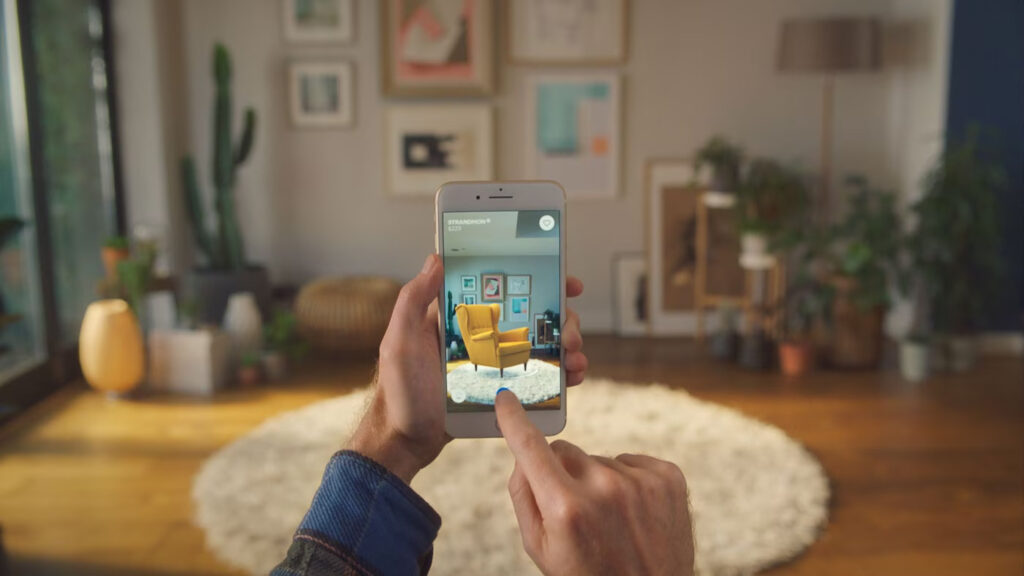
IKEA’s revolutionary “Place” app leverages AR technology to allow customers to virtually place furniture and home decor items in their living spaces. This enhances the shopping experience and reduces the guesswork associated with visualizing how a piece would fit in a room.
3. Lowe’s Tango:
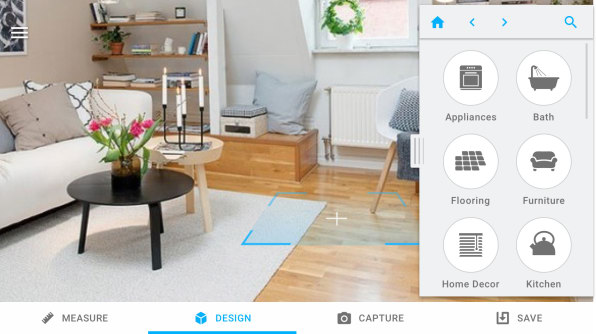
Lowe’s has embraced AR and VR in multiple ways, including the “Tango” app, which utilizes AR to provide interactive product tutorials and visualizations. Customers can view step-by-step instructions and see virtual overlays of how a finished project would look.
4. Tommy Hilfiger Virtual Showroom:
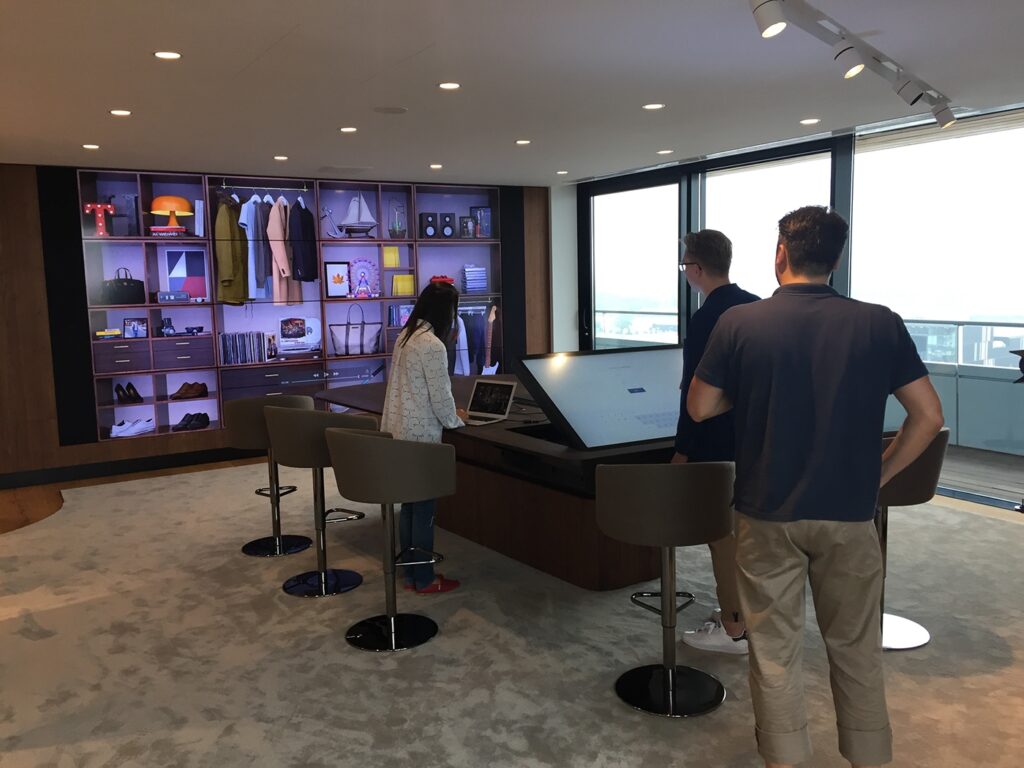
In a groundbreaking move, Tommy Hilfiger created a virtual showroom experience, enabling buyers and media to explore and interact with the brand’s collections in a fully immersive digital environment.
5. Walmart Toy Showroom:
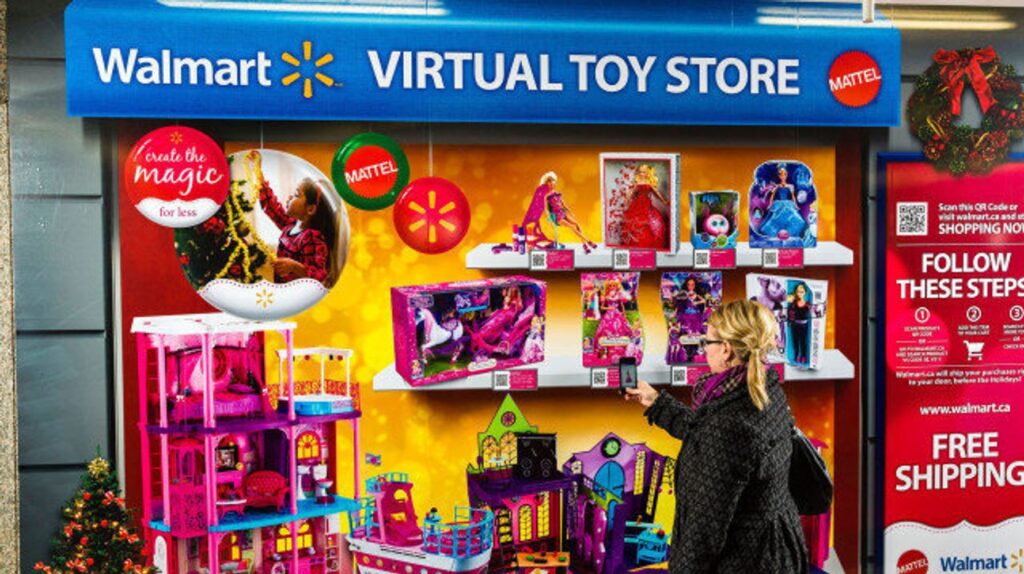
Walmart partnered with HAUS, a VR technology company, to create a virtual toy showroom. The showroom allows customers to explore and interact with various toys in a highly engaging and entertaining VR experience.
These examples are just the tip of the iceberg, as more and more retailers recognize the immense potential of AR and VR in enhancing customer experiences, driving sales, and fostering brand loyalty.
Adapting to the Future: Why Retailers Must Embrace AR and VR
As consumer expectations evolve, retailers must adapt to remain competitive and relevant. Embracing AR and VR technologies is no longer a luxury but a necessity for businesses that want to thrive in the dynamic retail landscape.
Firstly, immersive technologies like AR and VR offer unparalleled customer engagement and personalization opportunities. By delivering highly tailored and interactive experiences, retailers can foster deeper connections with their customers, increasing brand loyalty and driving repeat business.
Secondly, these technologies have the potential to streamline various aspects of the retail process, from product visualization and virtual try-ons to employee training and marketing campaigns. This enhances operational efficiency and reduces costs associated with physical showrooms, product returns, and traditional training methods.
Moreover, as consumers increasingly embrace digital experiences, failing to adapt to emerging technologies like AR and VR could lead to a significant competitive disadvantage. Retailers that embrace these innovations early will be better positioned to captivate and retain customers, while those that lag behind risk losing market share to more forward-thinking competitors.
Looking Ahead: The Convergence of Retail and Immersive Technologies
As AR and VR evolve and become more ubiquitous, their impact on the retail industry is poised to grow exponentially. We expect to see even more innovative and immersive shopping experiences, blurring the lines between physical and digital retail environments.
Integrating these technologies with other emerging trends, such as artificial intelligence (AI), Internet of Things (IoT), and 5G connectivity, will further enhance the capabilities and applications of AR and VR in retail. Imagine virtual assistants guiding you through personalized shopping experiences or smart mirrors that analyze your body measurements and suggest perfectly fitting garments.
Additionally, the rise of social commerce and influencer marketing presents exciting opportunities for AR and VR integrations. Retailers could leverage these technologies to create engaging virtual events, product launches, and influencer collaborations, fostering a sense of community and driving social sharing.
As the retail industry continues to evolve, one thing is certain: the future of shopping lies in the seamless fusion of physical and digital experiences, with AR and VR playing pivotal roles in shaping this transformation. Retailers that embrace these technologies early and integrate them into their overall strategies will be well-positioned to captivate customers, drive sales, and thrive in the ever-changing retail landscape.










